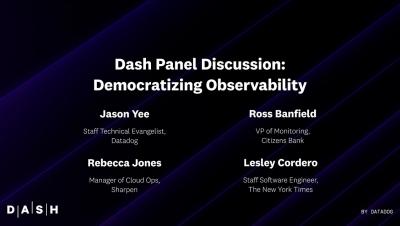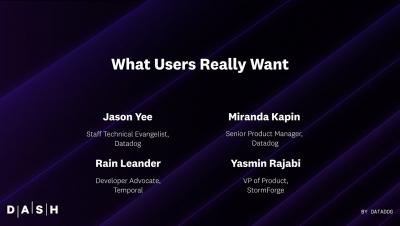Datadog acquires Cloudcraft
A well-designed cloud architecture is essential to ensure that the underlying infrastructure stays operational, within budget, and compliant over time. These days, organizations are rapidly spreading their infrastructure across a broad, complex mesh of interconnected resources and services. It can be difficult to make high-level decisions about the design and management of these systems. This is why many organizations are now turning to cloud infrastructure modeling tools.










